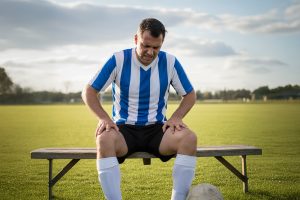
Free Shipping on $50+
Published on 07/31/2025
You know the feeling. Your training is going great, the miles are adding up, and you’re hitting your stride. Then, you feel a nagging twinge, a dull ache that sharpens with every step. Before you know it, you’re dealing with a stubborn, painful muscle knot that just won’t quit.
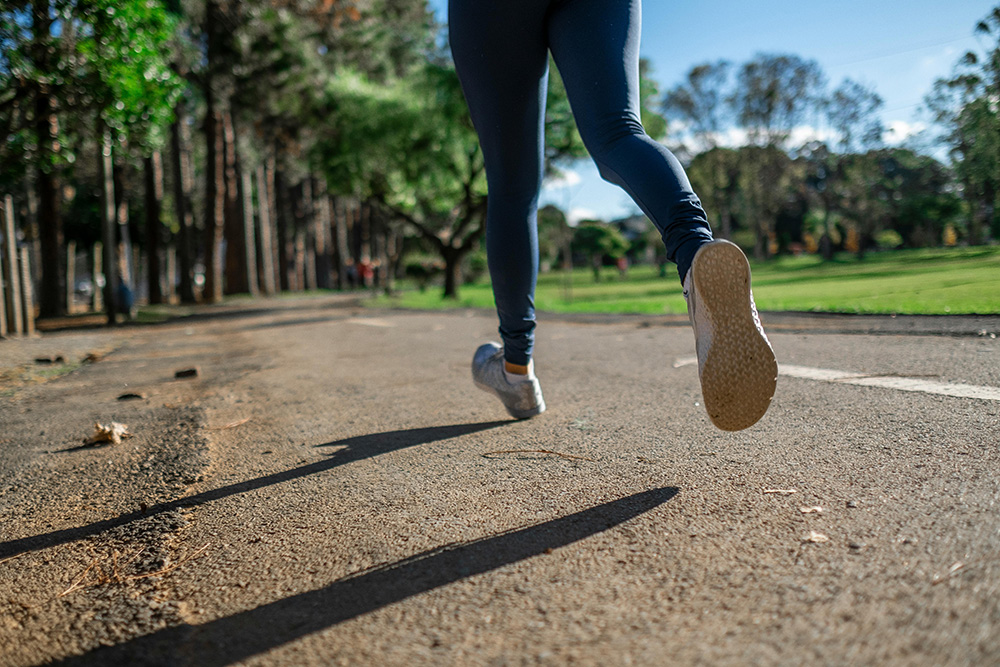
Muscle knots are almost always a symptom of repetitive motion and overuse. The repetitive stress of thousands of footsteps puts an enormous demand on your muscles. When those muscles become fatigued, overloaded, or dehydrated, they can form painful muscle knots.

When muscle knots form in your quads, you might feel a general, deep ache in your thigh. However, one of the most common and confusing symptoms is pain in the front of your knee. A trigger point in the quadriceps muscle, running down the center of your thigh (rectus femoris), is famous for referring pain directly to the kneecap, making runners think they have a joint problem when the real culprit is a muscle knot.
Use The Original™ 18” Tiger Tail Foam Roller to roll the quads, followed by a standing quad stretch.
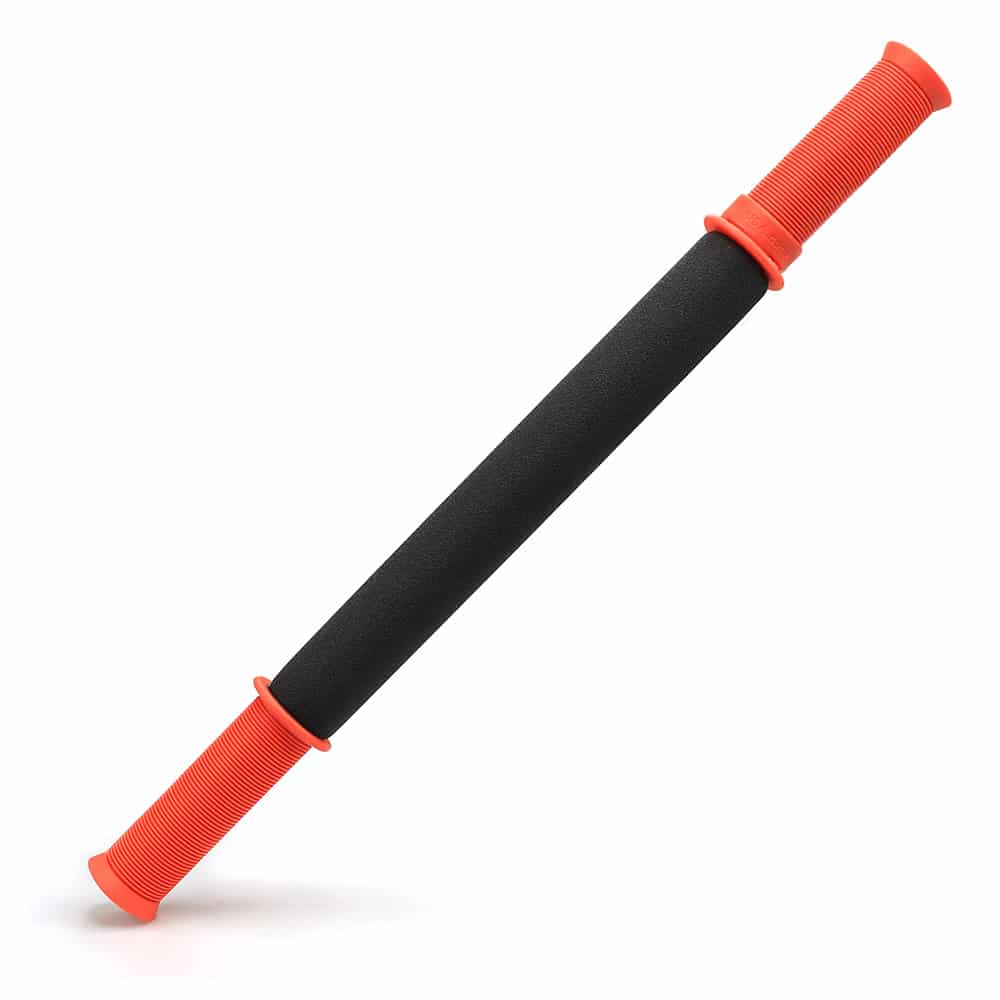
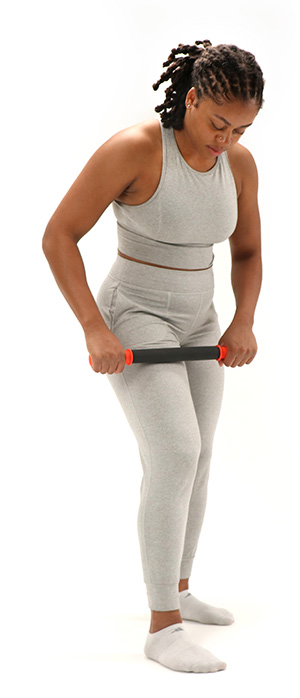
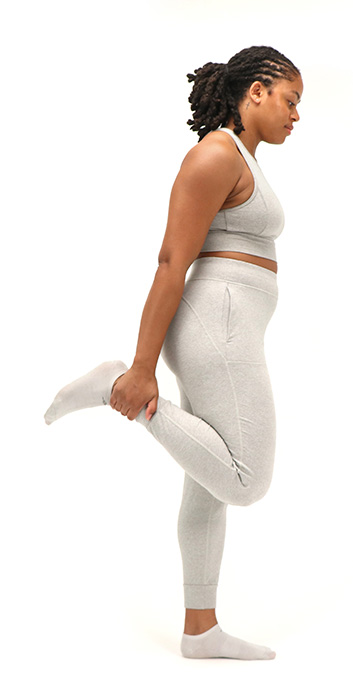

Your calf muscles (gastrocnemius and the deeper soleus) act like springs, propelling you forward with every stride. A knotted-up calf feels tight and inflexible, and can cause sharp pain during your run, especially when pushing off your toes or running uphill. Research shows that runners have more muscle knots in the calf muscles than non-runners (Varghese et al., 2024).
Place the ReGreen™ Tiger Ball 2.6 Cork Massage-on-a-Rope under the calf muscle. Place the rope around the bottom of the foot. Point and flex the foot as you place pressure on the muscle knot in the calf.
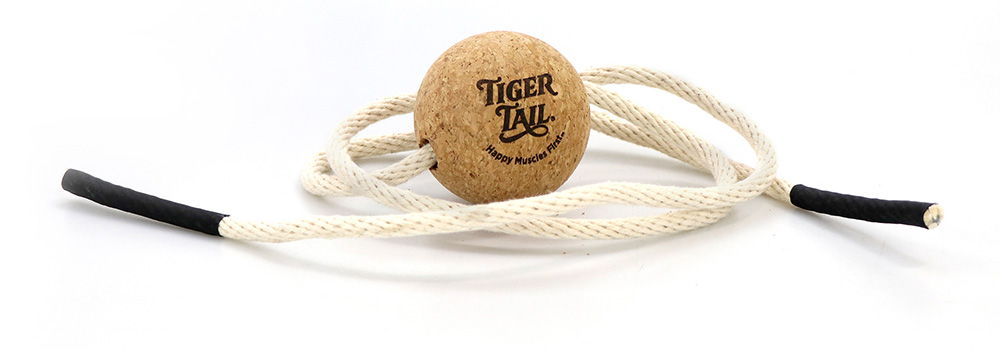
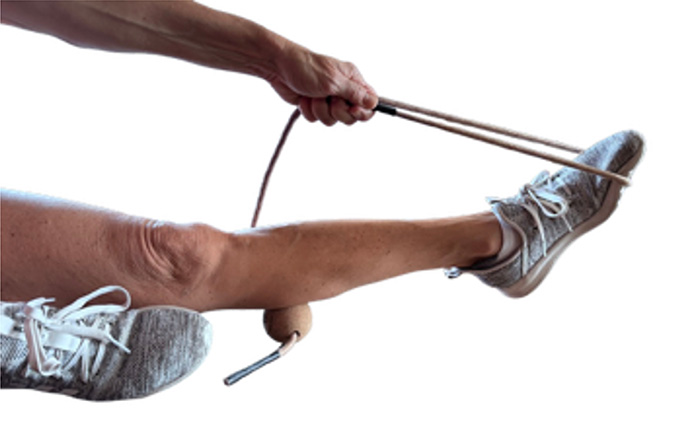
The IT band (Iliotibial Band) is an incredibly thick, tough band of connective tissue, not a muscle. It cannot contract, nor can you stretch or release it like a muscle. The pain you feel is almost always caused by the muscles attached to it becoming tight and overworked, specifically the tensor fasciae latae (TFL) (small muscle located at your hip), and the gluteus medius (muscle on the outer surface of the pelvis). When these muscles become knotted, they pull on the IT band, causing it to rub against the side of your knee and create friction and pain.
Let’s target the muscle on the outside of the hip (glute medius) to release tension on the IT Band.
Use The Curve Ball® Stationary Foam Roller to compress the muscles on the outside of the hip, followed by a side of hip stretch.
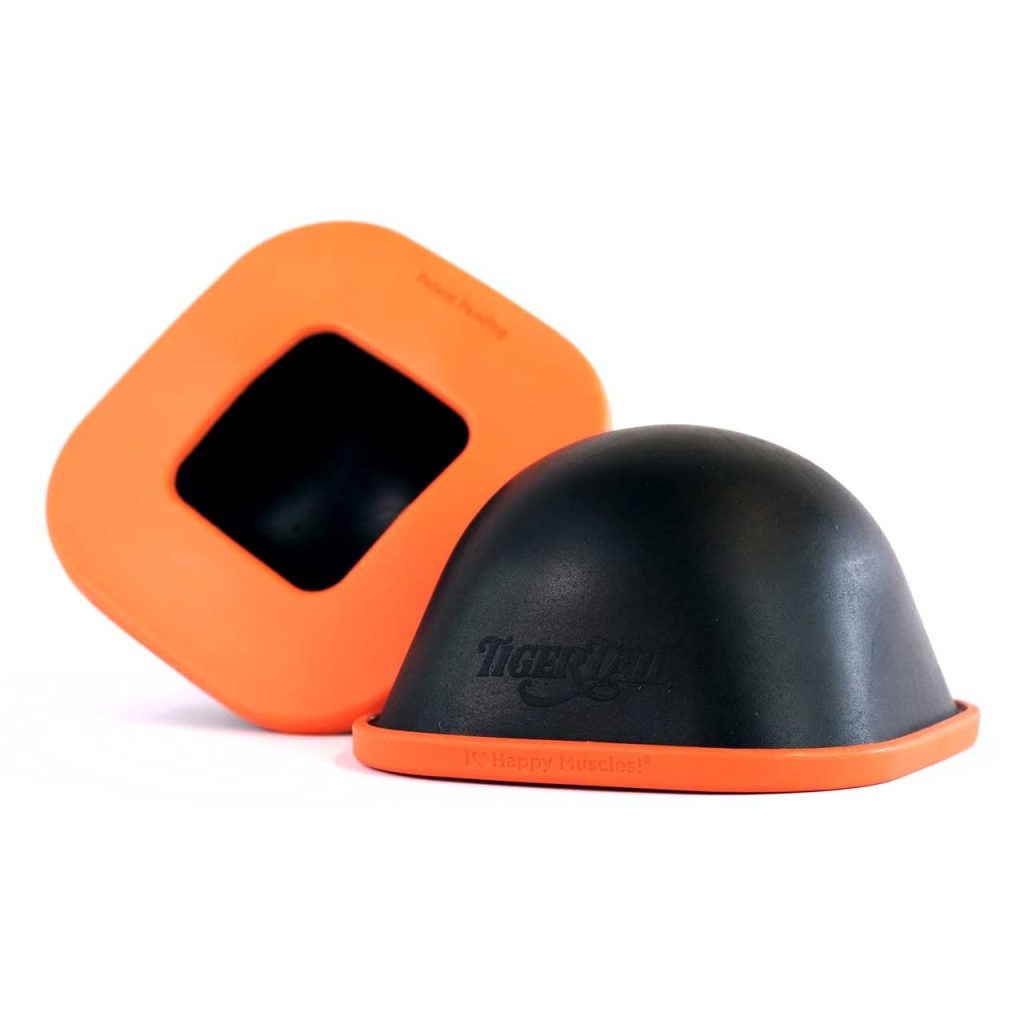

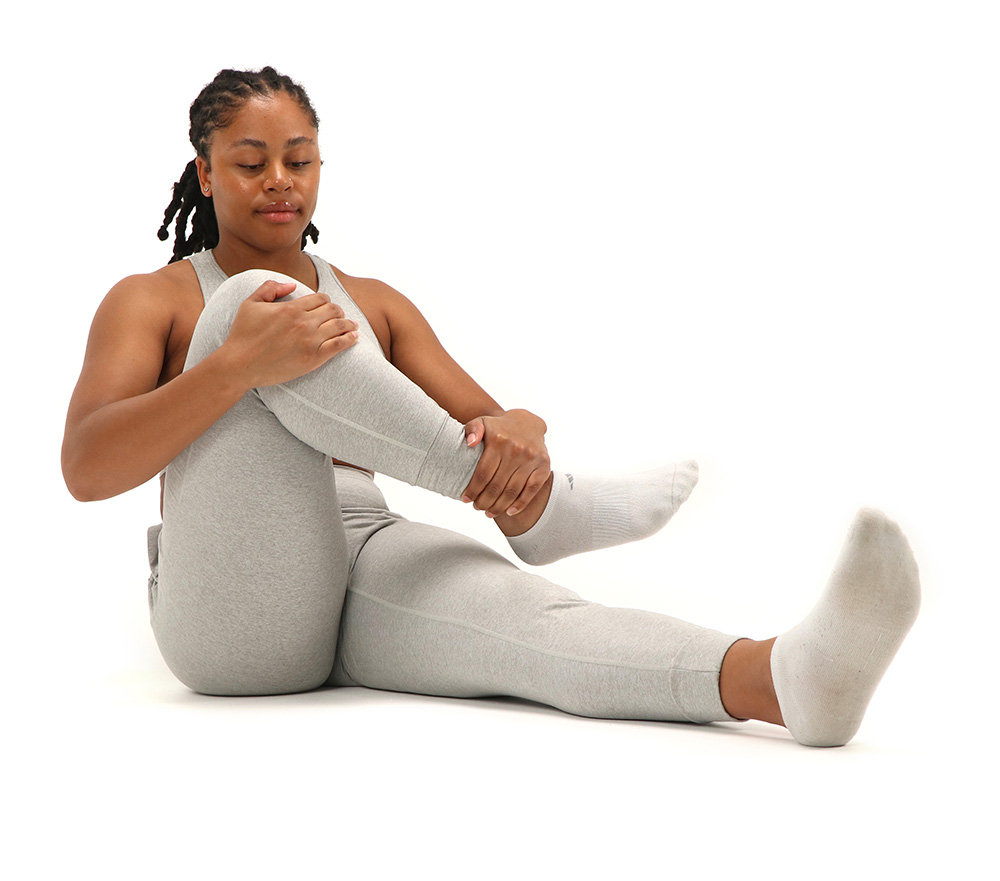
Use the Tiger Footsie™ Foot Massage Roller before and after your run. Roll your foot over the roller to stretch and massage your arch muscles.
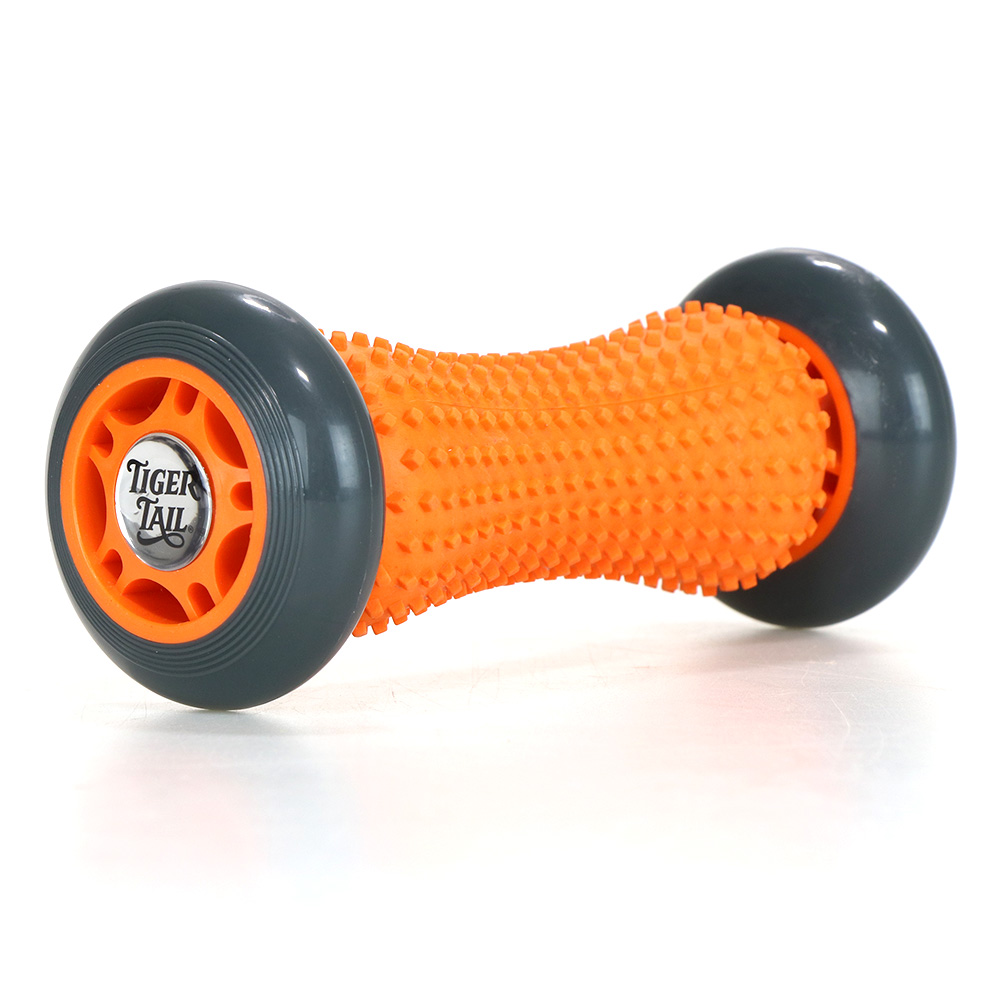
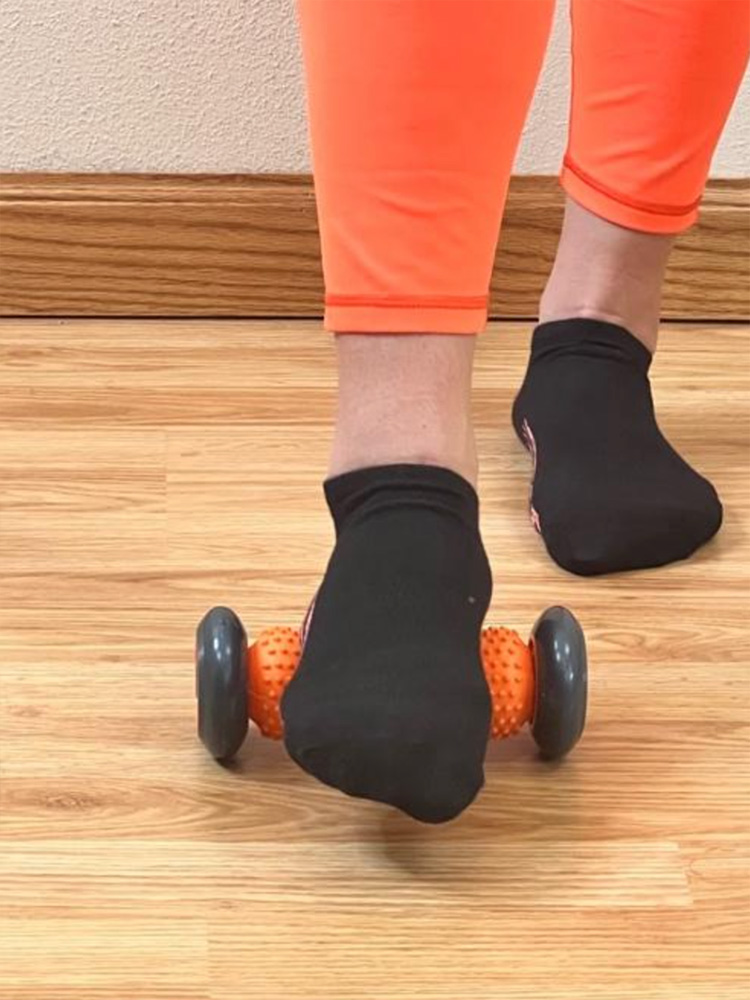
Releasing muscle knots is excellent but preventing them is even better. Make these habits part of your training routine:
Muscle knots may be a part of the runner’s journey, but they don’t have to be the end of the road. By understanding what they are and how to treat them, you can move from being a victim of your pain to being an active participant in prevention and recovery.
Varghese, M., Suman, S., Mathew, A., John, S., Thabah, G. V., & Joseph, L. (2024). Runners have more latent myofascial trigger points than non-runners in the medial gastrocnemius. Journal of Bodywork and Movement Therapies, 39, 239–243. https://doi.org/10.1016/j.jbmt.2024.08.016
For more information on our excellent tools and programming:
Website: www.tigertailusa.com
Email: [email protected]
Disclaimer: This information is for general knowledge and informational purposes only and does not constitute medical advice. Consult a healthcare professional before starting any new exercise program.
Stay Up-to-Date!

Dr. Julie Zuleger has over 20 years of experience as a Licensed Massage Therapist, Certified Strength and Conditioning Specialist (CSCS), Corrective Exercise Specialist, RYT-500 Yoga Instructor, and Human Movement Specialist. Julie promotes self-care using massage tools and stretching-based programs and teaches continuing education courses for yoga teachers, massage therapists, athletic trainers, strength and conditioning, fitness, and wellness professionals. Julie holds a PhD in Education and is the Director of Kinesiology and Education at Tiger Tail USA.